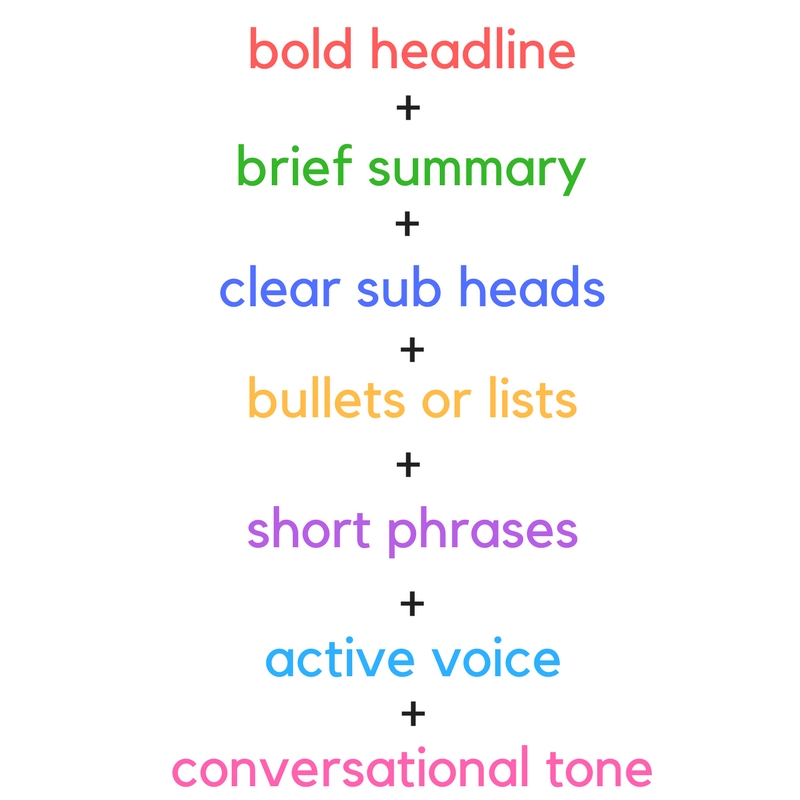Content is the most crucial part of any advertiser’s website, and it can either make or break a business. Stunning content is the key to differentiating your brand from the endless list of competitors. Because of this, your web content should be carefully understood and handled with care. A successful website includes clear, relevant and keyword-rich content that delivers the right message with authority and conviction. Compelling content should target your audience, engage them, and persuade them to take action. To get you started, here are 7 of the most basic, but effective, concepts on how to create content that works for your website.
Start with keyword research for SEO

If you want your content seen, search engine optimization is one of the most important aspects of your website. Gone are the days when marketers can just load content with a ton of keywords and expect successful search results and content engagement. Not only should your content use key words relevant to your business and products, but the content itself should be high quality and engaging.
Layer your content
Direct readers from one page to another with relevant and helpful internal links. You can help readers find more great content by hyperlinking certain words or phrases to other relevant resources on your own website. This will keep people engaged with your content and moving through your site. Building these internal links within your own site also helps your SEO. Internal links establish information hierarchy for your website and appropriately spread 'link juice' or ranking power around your website to improve overall SEO. Just be careful not to overload your text with links. Too many hyperlinks will confuse readers.Use familiar words but avoid jargon
While super lofty, impressive diction may prove that you know your stuff, your readers will suffer for it. Your content should be inviting and easily understood by your site visitors, or they will find another less intimidating, user-friendly source more catered to their experience. As a rule, go easy on the overly complicated jargon and heavy on simple, easily understood language.Answer the “W” questions

Nothing can deter a visitor from coming back to your site more than having to tirelessly search for what they are looking for. By giving your readers an answer to each “W” question — who, what, where, when, why (and how) — you become an informed source on whatever topic you are discussing. This increases your credibility and the visit time of your readers. Ultimately, you become a reliable and trustworthy source that people will revisit.
Use bullets, sub heads and listicles
Bullet points, sub heads, and tidy lists are additional tactics useful in aiding visitors in finding the information they’re looking for within your content. With millions of companies and marketers all vying for engagement from consumers, your site should be as user-friendly as possible. This can also help draw readers’ attention to the most important points of your content, the main message you want them to leave with, or a call-to-action for a current campaign. Bullet points, lists and clear sub heads can all leave a positive impact on your readers in numerous ways.Use images or other visuals as reinforcements

Another important rule of web content writing is to back your content with images and quickly digestible graphics. Some visitors may take the time to read your article in its entirety, but most will not. Reinforcing your articles with stunning images and innovative, easy-to-process graphics will ensure that your content is engaging different types of visitors in every way possible.
Include scannable content

Few people actually read online content; 80% of them scan with only 15% percent reading every word. With constant interruptions coupled with the endless amount of information at the touch of our fingertips, it has never been more important to deliver the general concept of your content within seconds. This is why scannable content has become so essential to effective content writing. A lot of what we’ve already discussed is scannable content but here’s a breakdown: Bold headlines, brief summary, clear subheads, bullet points or lists, short sentences and paragraphs using an active voice with a conversational tone.





